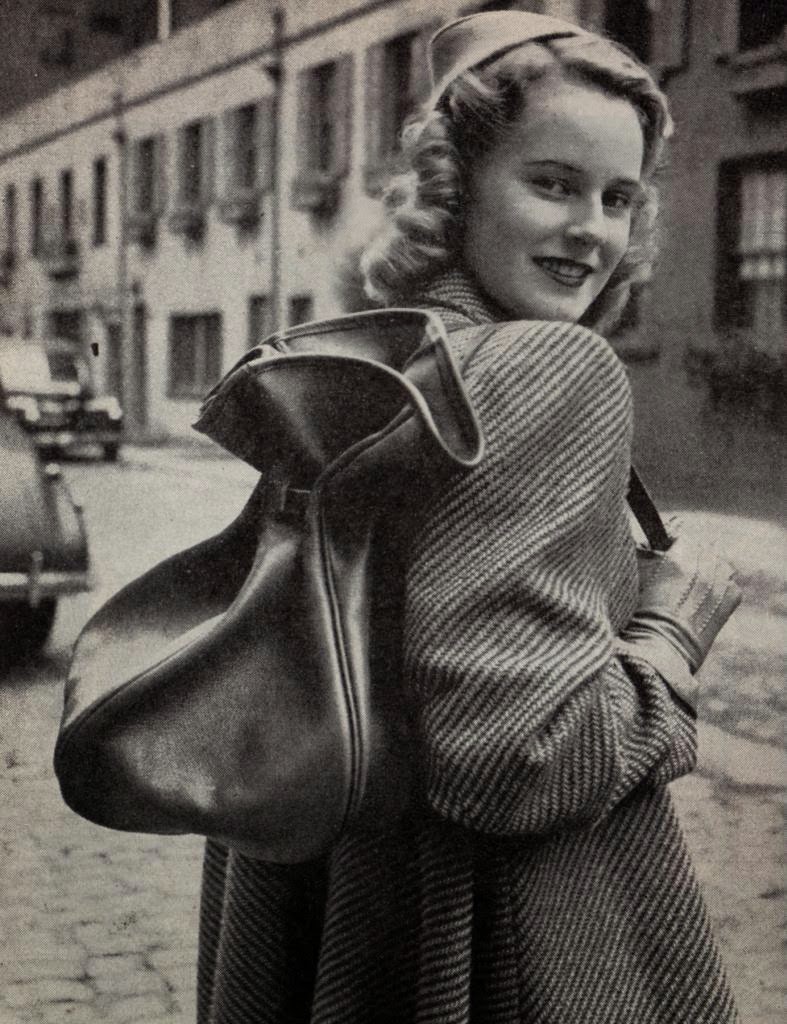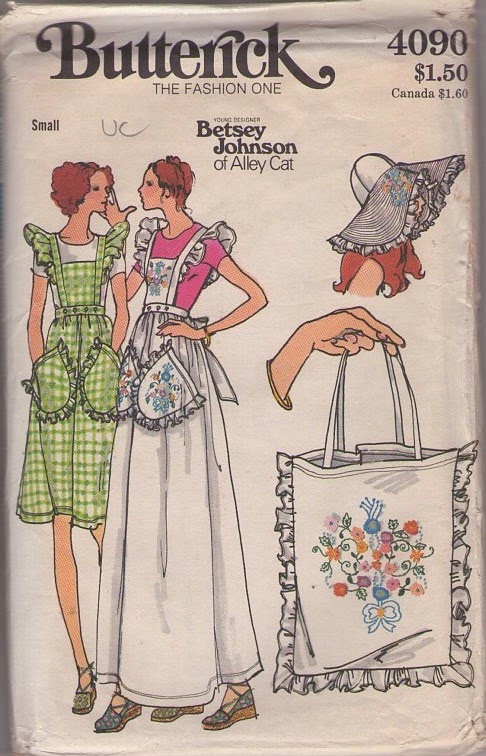
Discover the history of women’s handbags
The history of the women’s handbag is fascinating and reflects social, cultural and economic changes over the centuries. Let’s explore how handbags have evolved from the earliest times to the present day.
Ancient Origins
Bags, in their most primitive form, have their roots in antiquity. The earliest records of bags date back to Ancient Egypt, where men and women wore small leather bags tied around their waists to carry personal items such as tools, seeds and amulets. These bags were functional, designed to make it easier to carry essential items in everyday life.
Middle Ages
During the Middle Ages, purses, called “saddlebags” or “belt pouches”, continued to be worn by both sexes. They were often hung from the belt and used to carry coins and other small objects. The purse also played a symbolic role, with noblemen displaying richly decorated versions as a sign of status.
16th to 18th century
With the Renaissance and the rise of wealth and commerce, handbags began to evolve in style and function. Women in high society in Europe began to wear small handbags called “reticules” or “pomanders”, made of fine fabrics and decorated with embroidery or jewels. During this period, women’s clothing evolved to include voluminous dresses with hidden pockets, reducing the need for visible handbags.
19th century
In the 19th century, with the Industrial Revolution and changes in lifestyle, bags began to gain more importance. Women began to leave the house more often, which required more practical and functional bags. Then came the “reticules”, small handbags that were an essential fashion accessory for women of the time.
20th Century: The Rise of Luxury Brands
The 20th century was a period of great transformation for women’s handbags. In the 1920s, with the emancipation of women and the influence of the Art Deco movement, handbags began to be designed with a greater focus on style and design. Luxury brands such as Chanel, Louis Vuitton and Hermès emerged or established themselves, creating bags that became fashion icons.
In the 1950s and 1960s, increased consumerism and the popularity of fashion magazines transformed the handbag into a symbol of status and personality. Women began to choose handbags that were not only functional but also reflected their personal style.
Additionally, the handbag market has evolved to include an environmental consciousness, with many brands focusing on sustainable practices and the use of recycled materials. Handbags also reflect changes in society, with styles ranging from high fashion to streetwear.
21st Century: Diversity and Function
Today, women’s handbags are more diverse than ever. They come in all sizes, shapes, materials, and colors. A handbag is not only a fashion accessory, but also a practical necessity that must accommodate modern life, including compartments for cell phones, laptops, and other essentials.
The women’s handbag has gone from being a simple functional item to a symbol of fashion and status, following the evolution of women’s role in society. It continues to evolve, adapting to the needs and preferences of modern women, and remains an essential accessory in any woman’s wardrobe.


